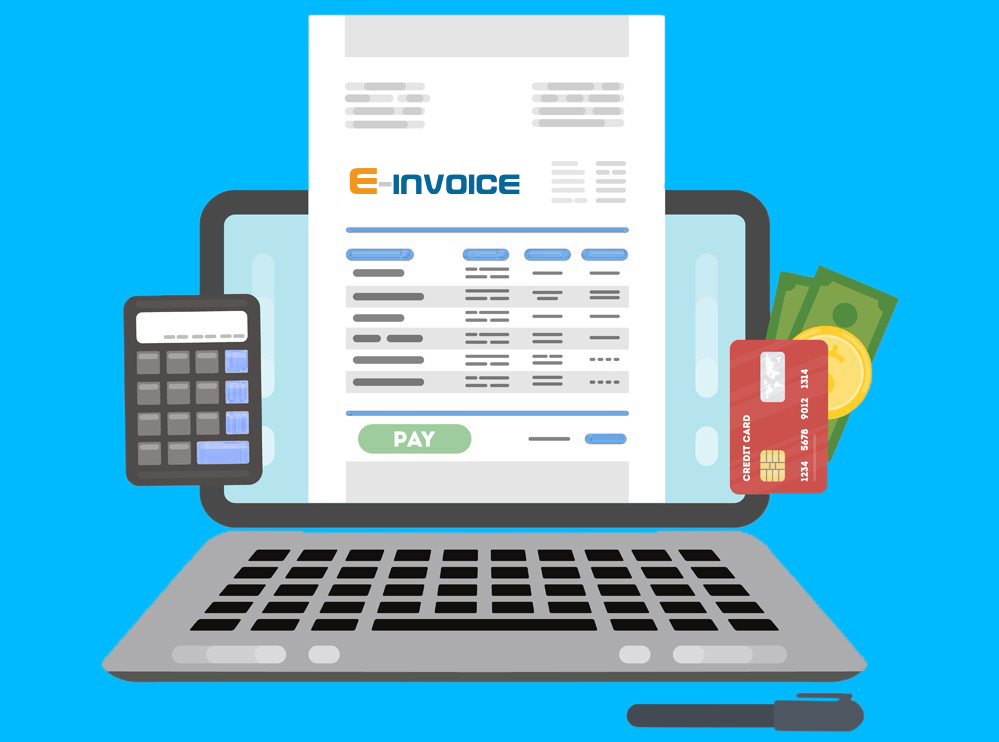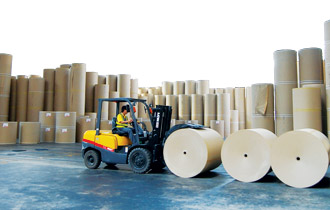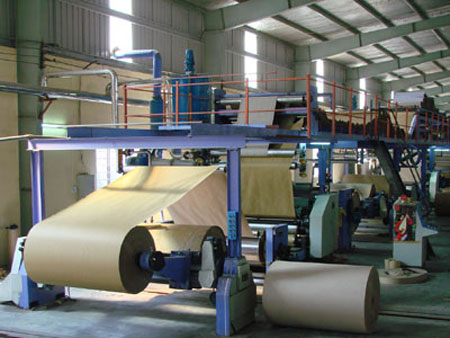According to the Vietnam Paper Association, demand for paper in Vietnam will be very high in the next 10 – 15 years. Paper consumption in Vietnam remains low, just 10kg per head per year while this index is 32kg per head per year in Asia and 50 – 60kg per head per year in Europe. Most of production lines of the National Paper Corporation are out of date. The Tan Mai and Bai Bang Paper Companies, which are the largest paper firms in Vietnam, have production lines of the 1970s and 1980s.
The first disadvantages of paper producers in Vietnam are backward technologies and unvaried, high-cost products. The industry has been coping with a serious shortage of paper pulp for the last 4 years. Paper plants depend too much on imported paper pulp. Despite abundance of materials for production of paper pulp at home, Vietnam annually has to import more than 150,000 tons of paper pulp. Many manufacturers say that they have missed chances to invest in large paper pulp plants for the last 8 years for poor investment policies and unfeasibility of projects leading to no bank loans.
For example, the Kon Tum paper pulp plant project which was expected to come into operation in 2003 with a production capacity of 150,000 tons per year or the Thanh Hoa paper plant project which had a designed annual capacity of 50,000 tons of pulp and 60,000 tons of paper (in the phase from 2003 to 2009) and 150,000 tons of pulp and 150,000 tons of paper (from 2010) are all not carried out.
Mr. Cao Tien Vi, Director of the Sai Gon Paper Joint Stock Company said many paper producers which are not able to lower prices to compete with imported products will be in danger. In addition to highly increasing prices of paper pulp (in 2005 and early 2006, paper pulp prices reached $485 – 490 per ton, CIF Vietnam), hikes in prices of chemicals, electricity, transport, etc have caused cost prices of paper to increase 15%. Meanwhile, selling prices have not changed for years and many companies have even reduced selling prices to compete, causing bad financial situation.
This year, a large quantity of paper will be imported into Vietnam so the first solution for domestic manufacturers is to reduce cost price by 15% - 20%. Mr. Vi said his company has well prepared for competition by investing in modern production lines. To help the paper industry, the Government should provide incentives for specialized paper material producing areas and paper pulp production projects to secure materials for this industry. Moreover, it should offer this industry with other preferential treatments like facilitating imports of waste papers for production of paper pulp, cutting down VAT on locally-made paper products, etc.
There is important news for investors in the paper industry: First, Incomex Saigon has completed the feasibility study of a $100 million paper pulp plant in the province of Quang Nam, which would produce 115,000 tons of paper pulp per year, for submission to the Government for its approval. And second, the Hai Phong Paper Joint Stock Company has just taken into operation a Kraft paper plant which is funded as much as $120 million and will produce 22,000 tons of product per year in the first phrase. (VN Economy)
888 Lượt xem
0 bình luận
1856 Lượt xem
0 bình luận
888 Lượt xem
0 bình luận
2977 Lượt xem
0 bình luận
42746 Lượt xem
0 bình luận
- Thông tin thị trường
- Hoạt động xã hội
- Hoạt động công ty
- Hành trình 20 năm
- Tin Tức Công Ty
- Điều khoản sử dụng









